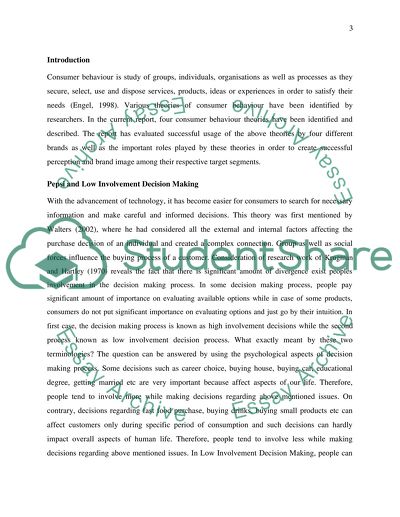Cite this document
(“Consumer Behaviour Models and Their Strategic Applications Essay”, n.d.)
Consumer Behaviour Models and Their Strategic Applications Essay. Retrieved from https://studentshare.org/marketing/1496164-see-files-attached
Consumer Behaviour Models and Their Strategic Applications Essay. Retrieved from https://studentshare.org/marketing/1496164-see-files-attached
(Consumer Behaviour Models and Their Strategic Applications Essay)
Consumer Behaviour Models and Their Strategic Applications Essay. https://studentshare.org/marketing/1496164-see-files-attached.
Consumer Behaviour Models and Their Strategic Applications Essay. https://studentshare.org/marketing/1496164-see-files-attached.
“Consumer Behaviour Models and Their Strategic Applications Essay”, n.d. https://studentshare.org/marketing/1496164-see-files-attached.


